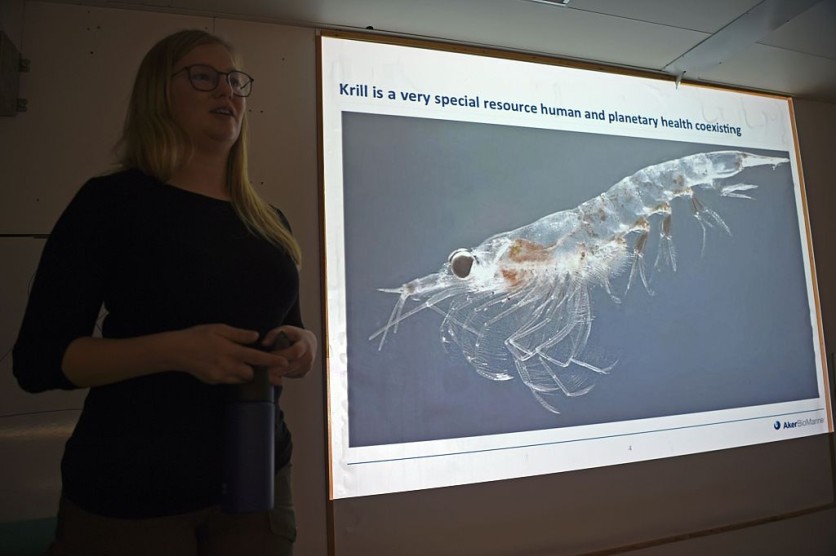Krill, the tiny crustaceans found in the oceans, may be helpful in a greener future. University of Toronto researchers want to use krill to build greener and more adaptive buildings in the future, as reported by Interesting Engineering.

One of the things that affect the comfort levels of the inside of a building is the temperature. Air conditioning and heating are used to maintain ideal temperature levels inside these static structures. However, with the changing climate conditions, we are now at the stage where buildings should be warmed up and cooled down during various parts of the year. This is because the structure can't regulate its own temperature anymore.
Also Read: Cabbage White Butterfly Holds Secret To More Efficient Solar Panels
Inspired By The Krill
Krill are transparent, which means that UV light can enter through their skin and damage their organs. However, they are equipped to survive this world because of the shading system that protects them from the sun.
Under the sun, the krill use a colorful pigment under their skin and darken themselves. On the other hand, under dark conditions, they remove the pigment to become lighter in color again.
A similar method could be used on the building's facades and window panes to let the light in or block it. The researchers created the optofluidic cell's prototype that consists of two sheets of transparent plastic and a layer of mineral oil that is sandwiched between them. There's a tube connected at the center of the cell to inject a small amount of water.
Similar to the krill, the water contains a pigment or a dye that can darken the cell. The pump works in two ways, which means that it can also be used to remove the pigmented water when necessary.
They built computer models and simulated how a fully automated and optimized system would work compared to motorized blends or windows that can be programmed to change colors.
The researchers found that their system could reduce the energy needed for heating, cooling, ad lighting by up to 30 percent. This is because of the better control over the extent and timing of solar shading. The system is analogous to opening and closing hundreds of tiny blinds at different locations and times.
They also found they could create pointillist-style artwork through the technique. Also, during research, they created simulated images of Albert Einstein using this technique which could one day be seen in buildings.
Related Article: Solar Energy Becomes Mainstream As Capacity Grows 10-Fold Within Seven Years
This article is owned by Tech Times.
Written by April Fowell
ⓒ 2025 TECHTIMES.com All rights reserved. Do not reproduce without permission.


![Best iPads that Students Can Use in School [2025]](https://d.techtimes.com/en/full/461431/best-ipads-that-students-can-use-school-2025.jpg?w=184&h=103&f=516289300e12e9647ef3d5bd69f49b70)

